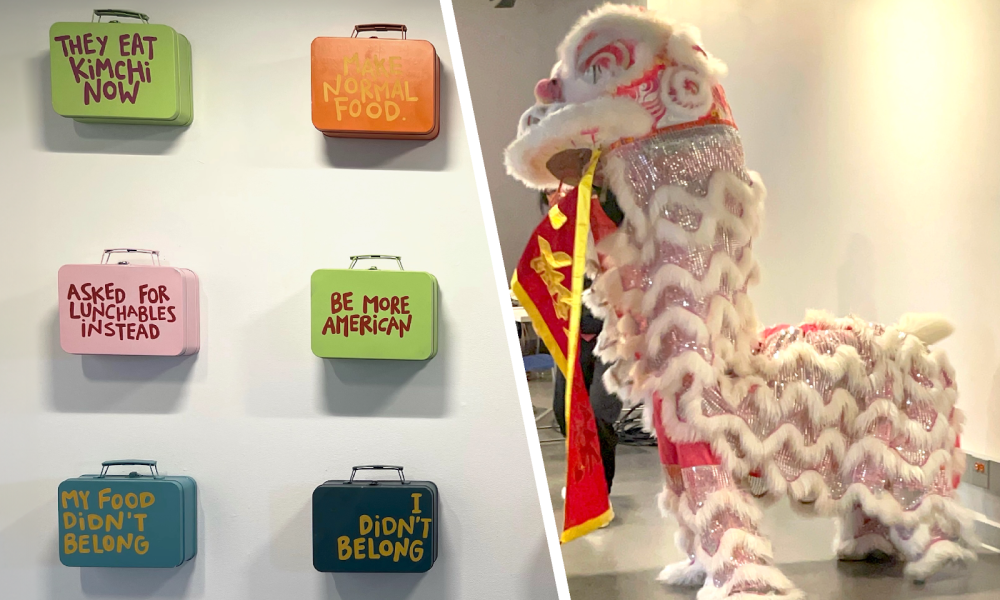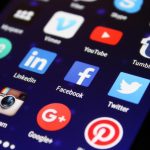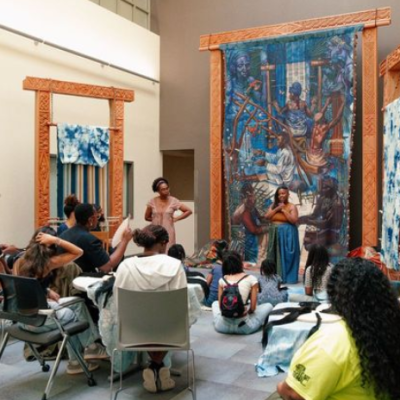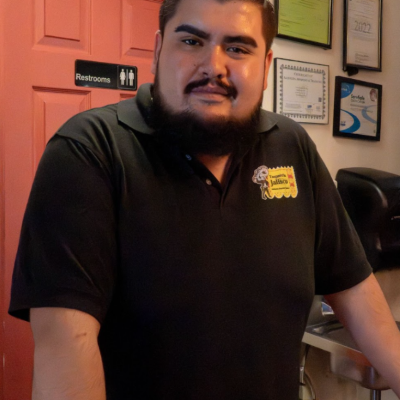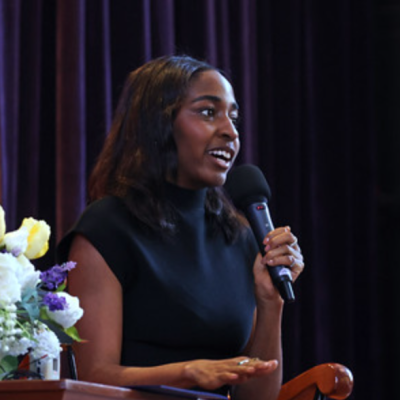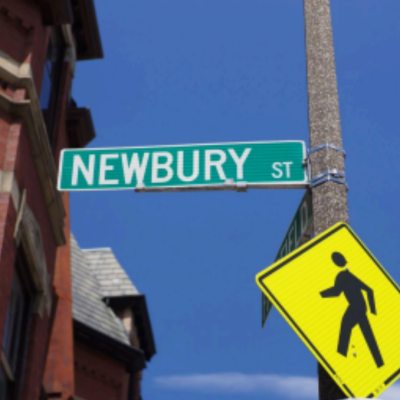Connecting Heritage: The Lunar New Year Celebration at Boston’s Pao Art Center
Many people have heard of Lunar New Year as the New Year celebration for those of Chinese descent — One that includes the parade of magical animals, eating of mooncakes, and the passing out of red envelopes, which hold a gift of cash that will start the new year off with good luck and fortune. To learn more of the less obvious, I scoured far and wide in Boston to see what was in store for the celebration.
The Pao Art Center, located in Chinatown, held its annual Lunar New Year celebration on February 18th. The center welcomed visitors with artworks that mesmerized as well as gave insight into the Asian-American experience. As I walked in, a piece immediately caught my attention: “Chinatown Workers” sculptures by Wen-ti Tsen, which portray the workers who shaped this active community. As I walked through the center, the walls caught my eye. I observed the lunchboxes on the walls. “Lunchbox Moments” by Amie Bantz displayed lunchboxes owned by Asian American children who brought them to school. The piece shares stories of Asian American children who brought homemade lunches from home to school. Standing there I observed the lunchboxes and the range of stories that each displayed.
Amidst the hum of conversation, the door opened with rhythmic patterns of drum banging. Suddenly, a storm of vibrant and energetic dragons made their way into the center, captivating the audience with their movement and beauty. Being the Year of the Dragon, these dragons represented the power, nobility, and promise of good fortune entering the new year. As they made their way into the auditorium, visitors gathered to watch the mesmerizing performance. The dragons danced to the rhythm of the drums, displaying their talents to the crowd. The performance ended and the sounds of applause rang around the auditorium as the performers took off their attire and offered children in the crowd the opportunity to try the dragon dance themselves.
As the day progressed, the festivities continued with a multitude of activities. In one of the classrooms were workshops led by the center’s volunteer’s, made for both adults and children to take part in, including the writing of wishes and the creation of New Year-themed lunch bags. Performances were taking place in the auditorium including a wide range of Asian cultures such as the Tibetan woman’s dance as well as other performances like the shadow puppetry show.
Wanting to get an extensive look into both the Lunar New Year and the Pao Art Center, I spoke with Wes Boudreau, the center’s manager of communications and development, about how the Lunar New Year served as a bridge to his Chinese heritage while he grew up navigating both cultures.
“It’s a way to connect with and celebrate our heritage,” Wes said. “But I think at the same time, it is really inspiring to me to see people coming in from so far away to celebrate these communities.”
Wes’s statements connected back to the unifying spirit of the Lunar New Year celebration and how it served as a very important tradition to the pan-Asian community. The Lunar New Year served as a celebration for everyone, connecting people to their roots and bringing them together.
“We definitely buy into the idea that America is a melting pot of a mixed background,” he added. “I think it’s really important that we want to break down the barriers and the stigmatization of what it means to be the other here.”
The Lunar New Year celebration holds profound significance beyond cultural boundaries, uniting diverse communities in a shared celebration of heritage and identity. It’s not exclusively for people of Chinese descent, it’s a holiday for everyone, he noted.
In addition, I had the opportunity to ask Sabrina Ng, an Asian American who celebrates the Lunar New Year with her family, about her family’s Lunar New Year traditions. She describes her own unique experiences with the holiday as well as goes into the importance of the event. “It plays a huge part… It’s like Thanksgiving, Christmas, and New Year’s Eve wrapped in one.” she adds, “Since my family has passed down the traditions and the language, it influenced my identity in my youth and is still shaping it. I feel so much pride in knowing my culture and its traditions.”
The Lunar New Year celebration embodies the beauty and cultural exchange of the community. Through art, performances, and shared traditions, the event serves as the embodiment of diversity and unity. The PAO center provides a place for Asian Americans to pass down their heritage and cultures from one generation to the next and the Lunar New Year, marks one of many traditions that are held dear in the Asian community.



